On a blindingly bright sunny summer day, hundreds of delegates gathered at the ABS Theater in downtown Blenheim for Sauvignon 2019, key international conference on Sauvignon Blanc. If you don’t know where Blenheim is, you are in the majority. I discovered this tiny town myself five years ago, during a visit to Marlborough, while trying to figure out the genesis of my mad attraction to New Zealand wine. Blenheim happens to be in the heart of the Sauvignon Blanc country that took the wine world by storm a couple of decades ago.
Marlborough, the largest New Zealand winegrowing region, is located at the tip of New Zealand’s South Island, with roughly 70,000 acres under vine. It boasts a unique global positioning—stretching across latitudes in both southern and eastern hemispheres, extremely windy conditions, scant rain events, high sun exposure, supplemented by long growing seasons, maritime influences, well-drained soils, and dramatic diurnal temperature shifts; all of which turned out to be ideal growing conditions for Sauvignon Blanc. The dramatic weather swings were starkly evident when I visited: one day would bring blisteringly dry 100-degree heat; the following one delivered overcast, gloomy skies, gusty winds, and lower temperatures smack in the middle of the summer season.
Marlborough region’s official wine clock didn’t start until the 1970s; in fact, its first commercial bottling release was in 1979. Prior to that, viniculture was exclusively practiced on the North Island, where wine has been made since the early 19th century, with a focus on cheap bulk. Most white variety plantings back then were the likes of Chenin Blanc and Müller-Thurgau, brought over by immigrants. Then, in 1985, in a fateful turn of events, the New Zealand government began incentivizing farmers to pull out vines due to grape glut and presumably in favor of other agricultural products. (New Zealand was once famous for having more sheep than people, which was evident when I was there in 2014. This time, I saw very little lamb lounging about. It turns out that they were culled and exported to make room for vines!)
Phylloxera arrived promptly thereafter: seemingly, the vines were all but doomed. Luckily, most farmers were not about to give up their newfound viticultural pursuits, and soon new vineyards planted on resistant rootstock to Sauvignon Blanc and Chardonnay were gracing the pastoral landscapes.
The first noteworthy winery was Hawke’s Bay-based Montana, now Brancott Estate, with its founder Frank Yukich. Back in 1973, he had the foresight to purchase thousands of acres of vines in the then-obscure Marlborough region with the vision of achieving worldwide recognition through making premium wines.
Cloudy Bay, which was started in 1985 by David Hohnen (also the founder of famed Cape Mentelle in Margaret River), is another winery that is widely credited with being the breakthrough business in crafting the distinct, effortlessly identifiable style of Sauvignon Blanc or savvy as the locals affectionately call it. Critics from major wine publications, such as Wine Spectator, came calling, with worldwide demand following immediately after that.
Notably, both Cloudy Bay and Montana wineries were recently acquired by significant corporations, LVMH and Pernod Ricard, respectively. Both increased production dramatically, yet stylistically the base tier of wines stayed the same.
Surveying the land from the sky and by car, the Wairau Valley and the Marlborough central planting basin are developed to the max. The vast majority is dedicated to savvy, planted to a single mass selection clone, known for its high yields. Sauvignon Blanc in general accounts for more than 60% of the country’s vines, and 75% of all white grape plantings.
Remarkably, this small two-island nation with less than 5 million inhabitants (which is 2 million less than SF Bay Area alone!) now owns a sizable slice of savvy pie. It’s a powerful testimony to the vision of its pioneer growers and how strongly they felt about the Marlborough region’s potential. Despite its European varietal roots, many Sauvignon Blanc lovers consider New Zealand’s version a benchmark for the variety. It’s certainly the dominant player in the world’s marketplace, an impressive feat accomplished in relatively short order.
As mentioned, my first much-anticipated visit to Marlborough was back in 2014; my enthusiasm was overflowing. I fell in love with New Zealand savvy several years prior and was hooked. The polarizing, piercing, peppery, grassy, gooseberry, passion, and grapefruity fresh flavors intermixed with lavish tropical fruit aromas energized my palate. It felt like a close friend – familiar, with the right splash of audacity and a vast supply of goodwill. As I regularly stocked up on these seemingly simple wines, I wondered why. I was no stranger to a wide range of world-class wines, from both Old and New World, and taste lots of them on a weekly basis. Yet this was my unwavering go-to.
Judging by the data, many wine lovers agree with me. Today, New Zealand wine exports total whopping $1.16 billion, with $350 million being spent by US consumers alone, with 86% of all export being Sauvignon Blanc. According to Wine-Searcher, three out of five worldwide searchers for Sauvignon Blanc belong to Marlborough. These food-friendly, ultra-aromatic, and QPR-driven wines can be easily found in most wine stores and restaurants.
While trying to wrap my mind around the reasons for my infatuation with New Zealand savvy, I had a very memorable trip. I met many generous, talented growers, viticulturists, and winemakers; friendships were formed that I treasure to this day. While I didn’t find the answer to my main question, it did confirm my devotion.
During my return five years later, I was still secretly hoping for more clarity.
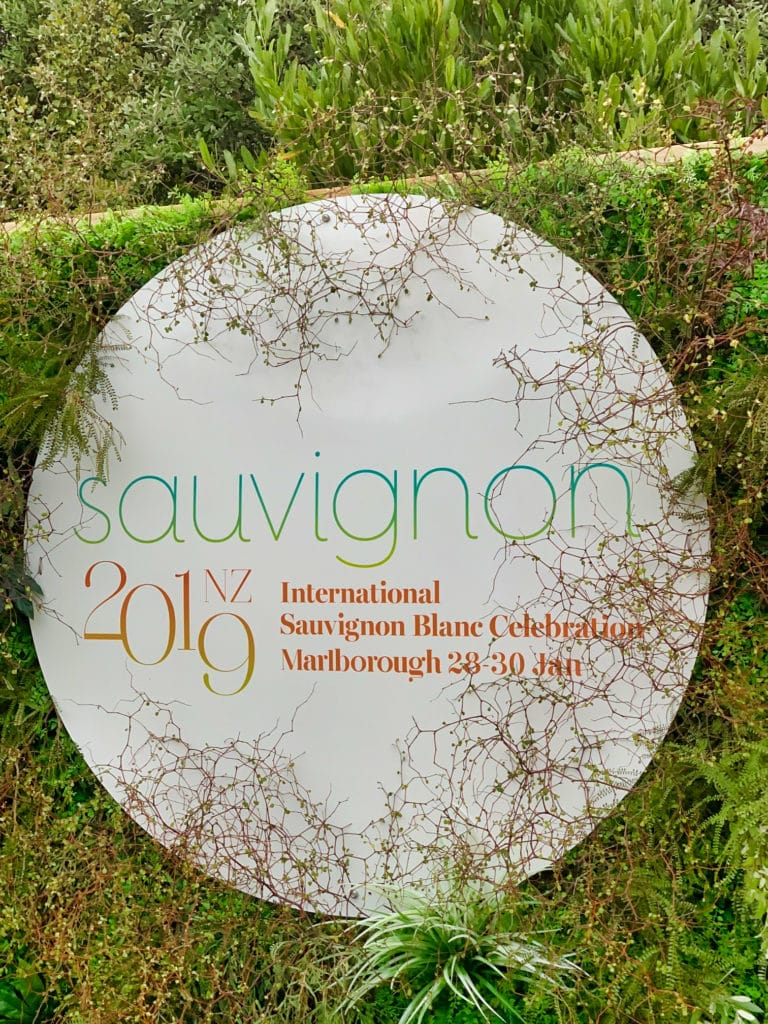
What consistently came up was the future of the region, and its delicate balancing act of holding onto the proof of concept, backed by consumer demand and radical, proactive and innovative approach, all against the backdrop of a highly competitive, saturated environment.
New Zealand Sauvignon Blanc is not a trend. It’s a mainstay. Its history of continuous commercial success and steady market share gains, despite various economic downturns, points to that. The production is inherently limited as there is barely any land left to plant. In the region’s two principal valleys, Wairau and Awatere, by some expert’s estimates, less than 12,000 acres of commercially viable land remains.
Which brings up an interesting issue. If expansion is limited by geography, what is the next industry’s next frontier, and is it customer-driven?
Seventy-five trade and media members were flown in from all over the world and asked to ponder what’s next in terms of consumer preferences. Will they tire of this style, defined by liveliness, light-heartedness, and fresher, more straightforward flavors? Should it be complemented or even replaced with barrel-aged, lees contact, wild fermented, higher price point savvy alternatives?
Given that geo-growth isn’t an option, the dilemma becomes how to add value to this unique resource and expand on existing success. In other words, with the same geography and varietal as a basis, can the product be enhanced enough to warrant a higher price?
Some of the more intriguing remarks were delivered by Wine Spectator columnist Matt Kramer, who suggested that to “premium-ize” the varietal, there must be a Sauvignon Blanc culture. According to him, there is a Cabernet, Chardonnay, Rhône varietals, and other grape cultures, but not that of Sauvignon Blanc. Without it, perception and pricing have no pathway upward.
I have never even thought of a singular variety in a cultural context. The idea of wine drinkers practicing ethos defined by a specific variety felt odd. Let’s take those loyal to Cabernet-based Bordeaux blends, for example. Was it the “cultural” recognition that held critical appeal, which then justified higher prices? Is that also why savvy never gets as high of scores as other varietals, particularly the reds? Volume-wise, one must concede that we are in a Cabernet culture, given its domination in terms of worldwide plantings and consumption.
Is “culture” even worth worrying about, or shall we stay focused on making delectable wines and taking better care of the consumers by honoring their tastes? Tim Hanni, MW, gave a compelling presentation on food and wine pairings. Backed by loads of scientific research, he adamantly aims to dispel many myths associated with this subject. His book, Why You Like the Wines You Like: Changing the way the world thinks about wine is an excellent resource for those wanting to take a deep dive into their wiring. Like all industries, we are certainly guilty of “inside baseball” practices. “We have forgotten what it means to serve the customer,” says Hanni. Insiders often create a “bubble” that excludes an essential participant in the life cycle of wine, the buyer.
Perhaps that is the solution. Rather than focusing on a variety-specific culture, is it more pressing to develop the brand of the region and work on engaging the consumer? Napa became a powerful brand, so did Champagne, Prosecco, and a handful of other areas. All are vigorously protective, both legally and marketing-wise, of its trademark titles. The accrued capital of the firm, near synonymous perception of Sauvignon Blanc as the New Zealand domain, has inherent value that needs to be clearly defined and put to work.
While I applaud any and all experimentation, I’m not sure that the answers lie in varying treatments, vessels, paying homage to the old world, or the latest technology. These things are fascinating and should be pursued. However, they are not necessarily a pathway to improve the region’s perception or ignite future buyer’s interest.
After Napa-based Andy Beckstoffer purchased his now world-famous vineyards, his goal quickly became adding value to the land. That he did, with his top-selling fruit now fetching approximately $30,000 per ton, triple that of roughly $7500 average Napa price for Cabernet grapes. The wine prices then follow the economic trajectory, along with the value proposition. New Zealand’s top vineyards have an equal shot at recognition on the world stage as any other pedigreed plots. Building awareness takes time and strategy.
When Screaming Eagle released their Sauvignon Blanc, the prices skyrocketed to $1000 per bottle. I tried it; it was great. Not necessarily better than some of the savvies I had. However, it is the brand of Screaming Eagle that defined the difference between ordinary and extraordinary.
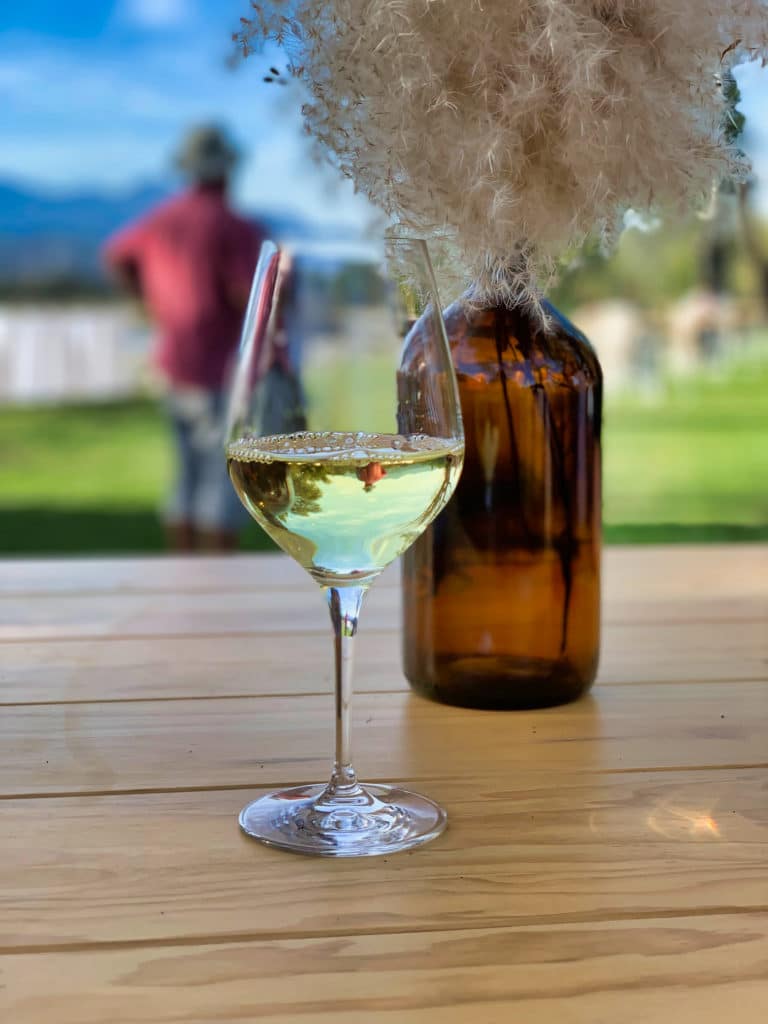
New Zealand has every reason to viticulturally thrive in perpetuity and continuously deliver a unique product — a central message of exceptionalism that should be propagated.
The whole country is a freak of nature. I have concluded that if you planted a broom into that soil, it would flourish. It’s impossible to ignore the apparent confluence of climate with every single favorable factor — covering every latitude, wind and soil structure, rare growing conditions, nearly universal commitment to best viticultural practices. This unique environment cannot be replicated anywhere else, period.
This largesse all but ensures certain quality and significance. Other debates on monoclonal planting, machine harvesting, pushing for aromatic compounds, production size, are essential, but secondary. The backbone of any discussion is the region’s distinction and unmatched value proposition.
New Zealand viticulture in general, and Marlborough in particular, is about many iterations of the grape. I have tasted some terrific Chardonnays, stellar sparkling wines, Rieslings, Pinot Noirs, and stunning Bordeaux blends (from Waiheke.) During my latest trip, I sampled dozens upon dozens of alternative examples of Sauvignon Blanc, barrel-aged, cellared long-term, etc. They were all well-made and noteworthy in their own way. The common thread in all was nature’s generosity and human intent.
New Zealand, much like California, is a young wine industry. As such, it may well suffer from some confusion brought about by sudden success. Their savvy seemingly burst on the world stage out of nowhere. The reasons behind its triumph are far more deliberate than meets the eye. Unquestionably it is geographically blessed. However, without the human “terroir,” all that benevolence may have been underutilized. New Zealand is the land of immigrants – passionate, driven, and dedicated. This “melting pot” is comprised of Greeks, Italians, Russians, French, Croatians, who became the founding fathers of its viticultural heritage. Babich Family, Daniel Le Brun, Giesen Brothers, and many more are local legends who have shaped the industry in their unrelenting pursuit of excellence. They capitalized on the wisdom they learned from their forefathers, utilizing a panoply of skills, natural resourcefulness, and steadfastly shaping their vision.
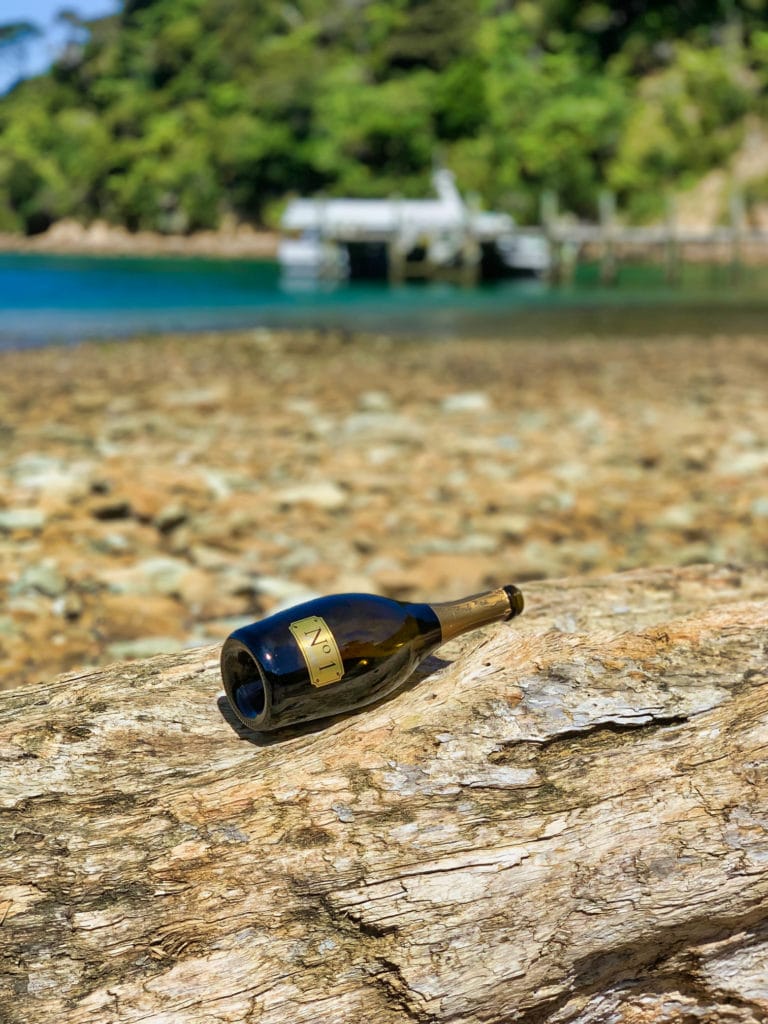
As a land of generalists, New Zealand galvanized lots of raw talent and a wide range of skill sets. One such example that proved crucial was the stainless-steel technological expertise from the food industry that adapted naturally to wine production. A simple benefit of staunchly sanitary, pristine work environments, it became a natural transition that put New Zealand wine production immediately ahead. Ingenuity thrives there, as does an “action” mindset when no task is impossible, and a solution is just a few trials away. That’s a remarkable resource.
If Marlborough has a challenge, it has a lot more to do with marketing and branding identity than the improvement of the product itself.
The explosive, exciting, boasting aromatics and flavors without borders, instantly recognizable style, is an enormous asset and deserves special recognition. I hope that New Zealand truly embraces it as their national treasure and finds an effective way to transmit the all-important message of Sauvignon Blanc’s exceptionalism.
I will be keeping an eye on this region and its journey while sipping on a glass of…you know it — their exceptional Savvy.















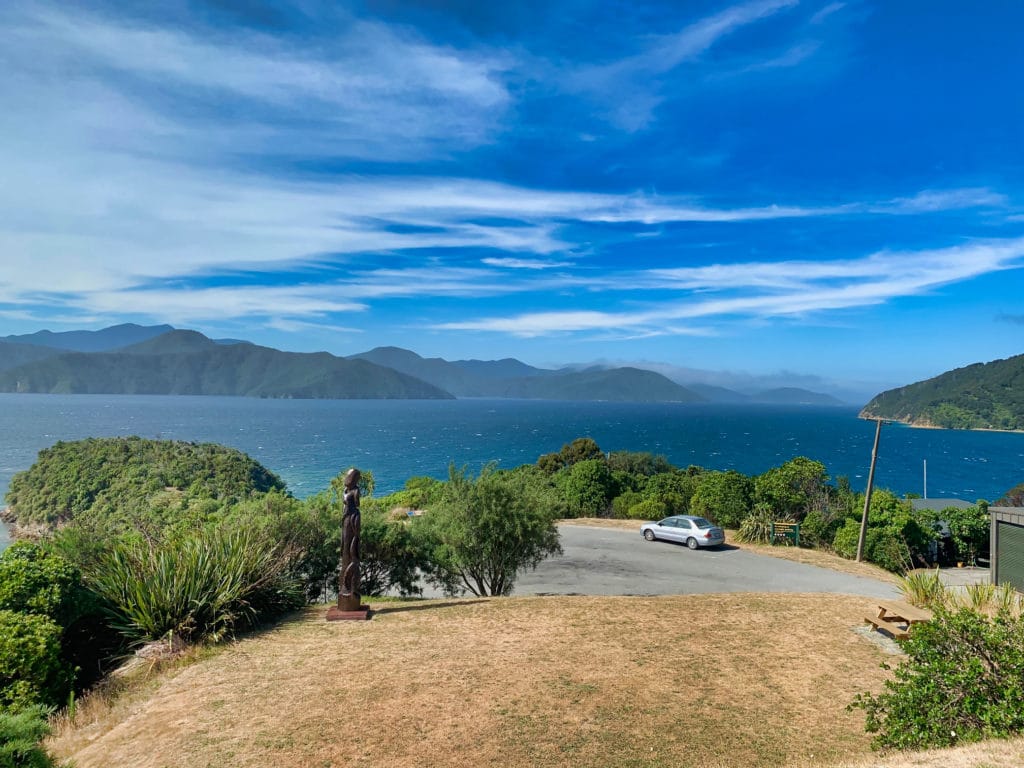
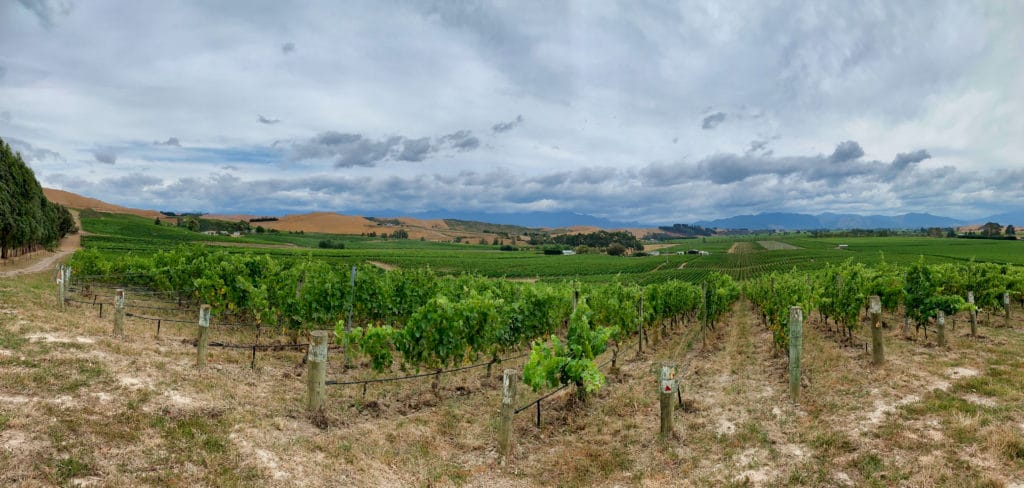
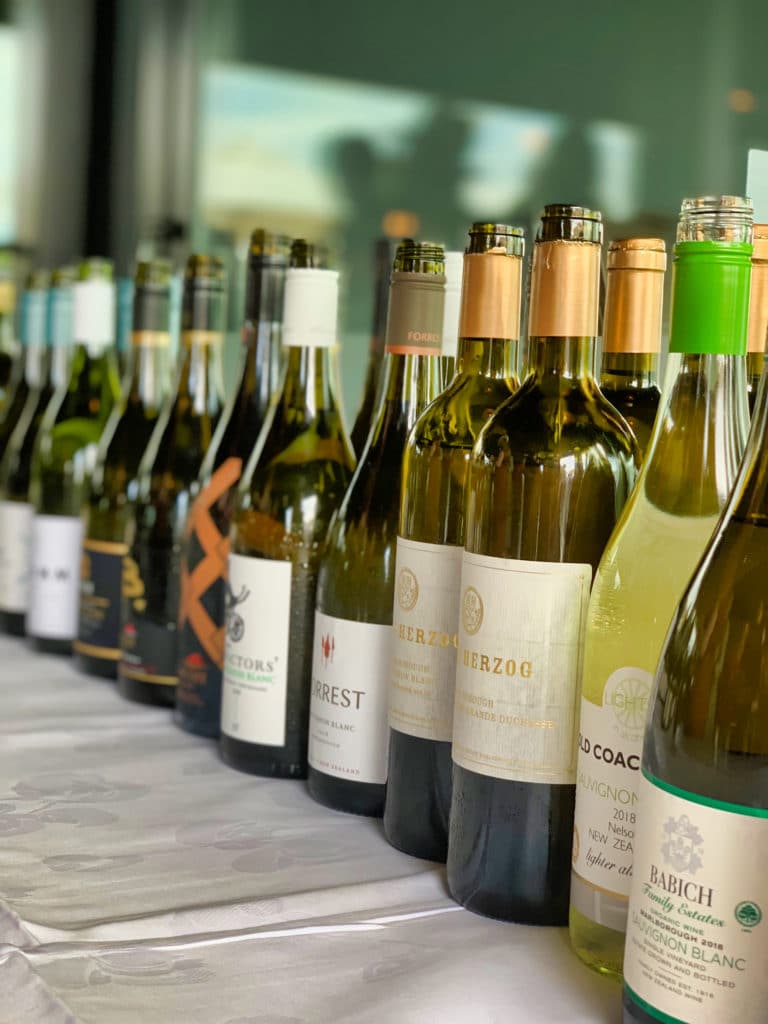
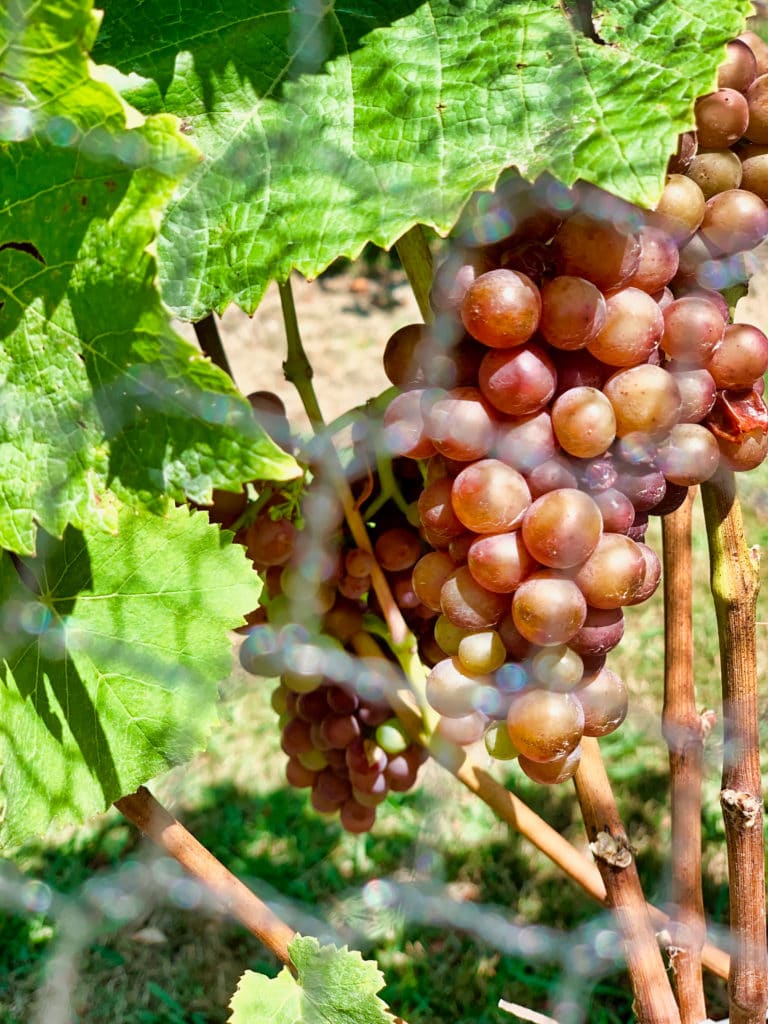

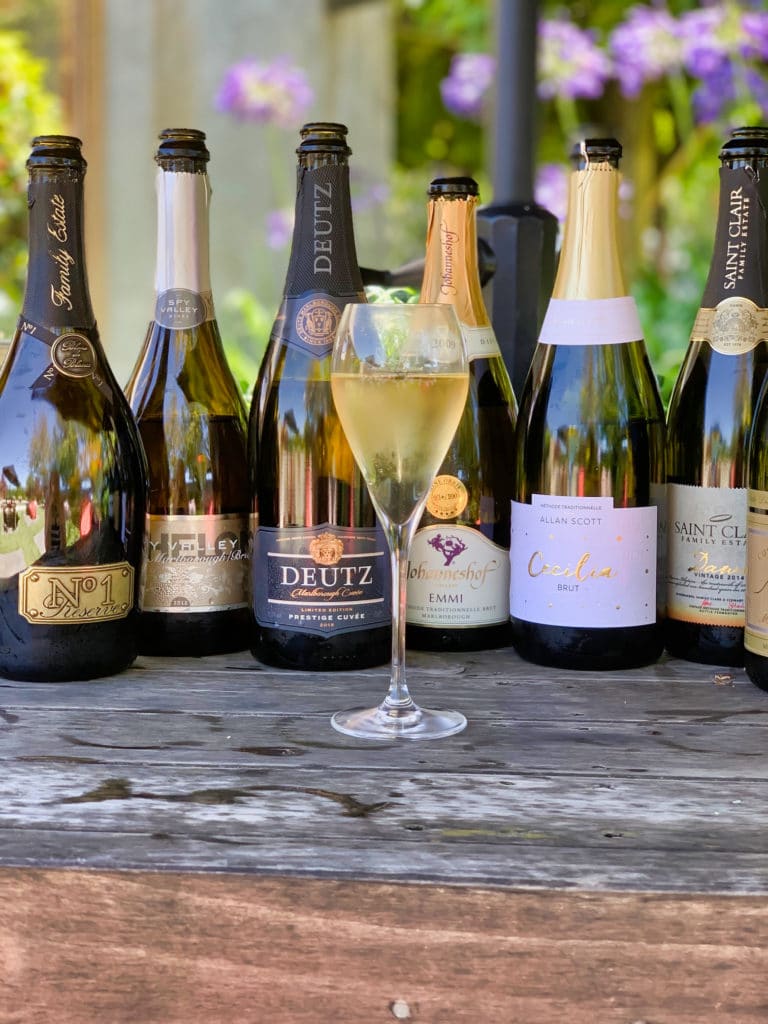
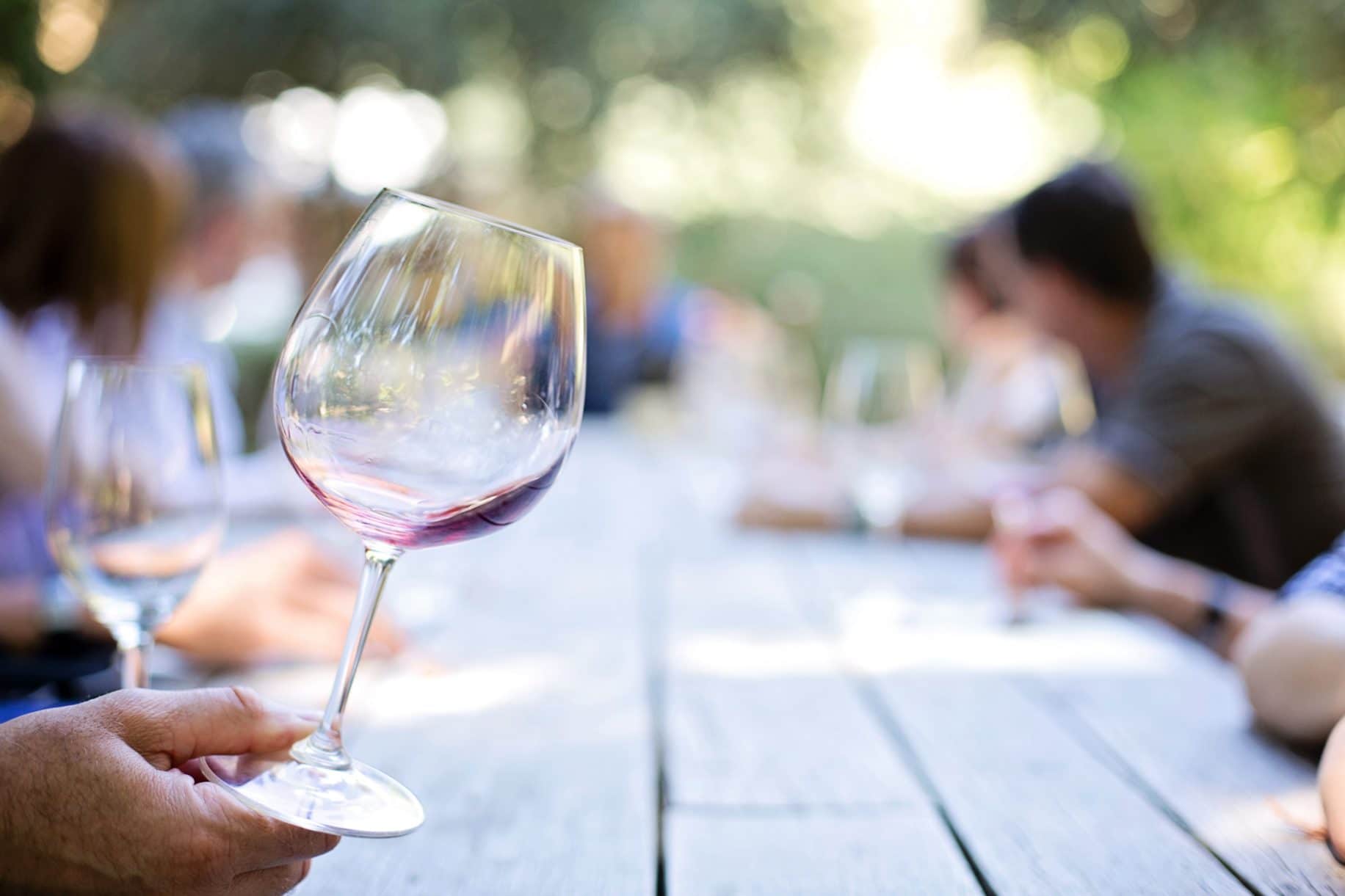

You must be logged in to post a comment.